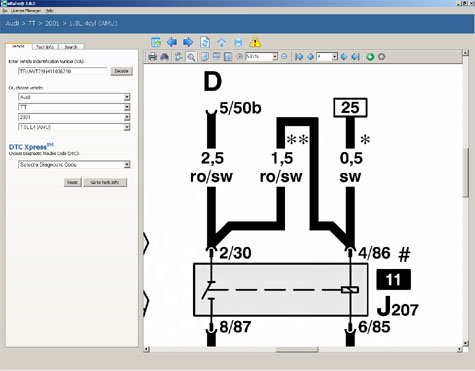Signals when an on-circuit battery is exhausted 5V to 12V operating voltage
A Battery-status Indicator circuit can be useful, mainly to monitor portable Test-gear instruments and similar devices. LED D1 flashes to attire the users attention, signaling that the circuit is running, so it will not be left on by mistake. The circuit generates about two LED flashes per second, but the mean current drawing will be about 200µA. Transistors Q1 and Q2 are wired as an uncommon complementary astable multivibrator: both are off 99% of the time, saturating only when the LED illuminates, thus contributing to keep very low current consumption.
Circuit diagram :
Flashing-LED Battery-status Indicator Circuit Diagram
The circuit will work with battery supply voltages in the 5 - 12V range and the LED flashing can be stopped at the desired battery voltage (comprised in the 4.8 - 9V value) by adjusting Trimmer R4. This range can be modified by changing R3 and/or R4 value slightly.
When the battery voltage approaches the exhausting value, the LED flashing frequency will fall suddenly to alert the user. Obviously, when the battery voltage has fallen below this value, the LED will remain permanently off. To keep stable the exhausting voltage value, diode D1 was added to compensate Q1 Base-Emitter junction changes in temperature. The use of a Schottky-barrier device (e.g. BAT46, 1N5819 and the like) for D1 is mandatory: the circuit will not work if a common silicon diode like the 1N4148 is used in its place.
Parts :
R1,R7__________220R 1/4W Resistors
R2_____________120K 1/4W Resistor
R3_______________5K6 1/4W Resistor
R4_______________5K 1/2W Trimmer Cermet or Carbon
R5______________33K 1/4W Resistor
R6_____________680K 1/4W Resistor
R8_____________100K 1/4W Resistor
R9_____________180R 1/4W Resistor
C1,C2____________4µ7 25V Electrolytic Capacitors
D1____________BAT46 100V 150mA Schottky-barrier Diode
D2______________LED Red 5mm.
Q1____________BC547 45V 100mA NPN Transistor
Q2____________BC557 45V 100mA PNP Transistor
B1_______________5V to 12V Battery supply
Notes :- Mean current drawing of the circuit can be reduced further on by raising R1, R7 and R9 values.
Streampowers




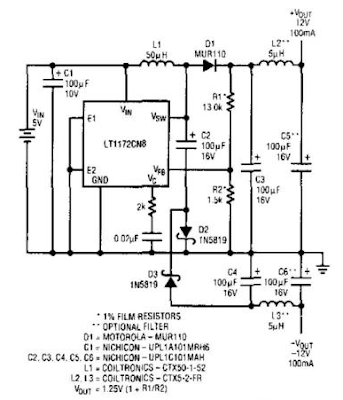














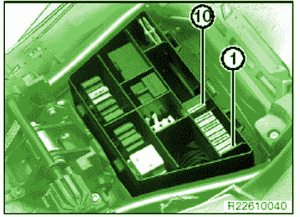






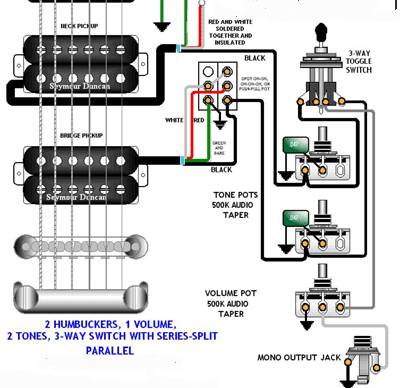


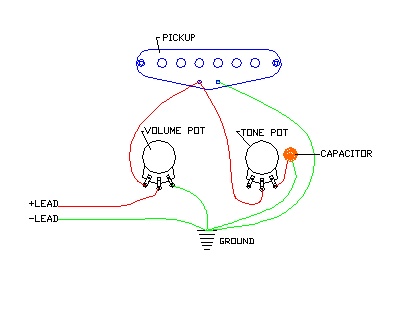



 ]
]











